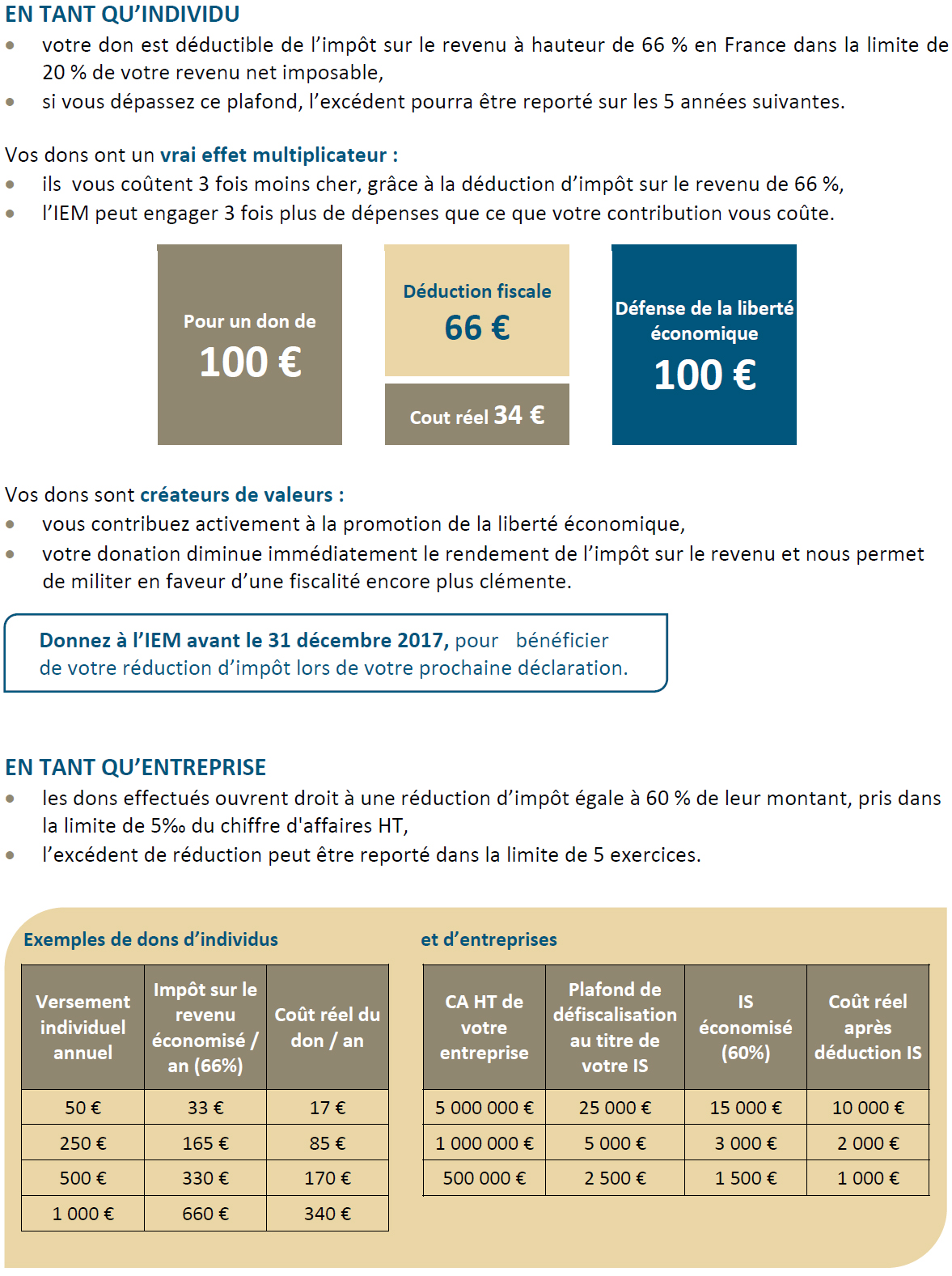Brussels should not ban Di-Antalvic!
Article published exclusively on the Institut économique Molinari’s website.
Imagine if all flights were prohibited on the grounds that planes still may crash and despite the fact that they are among the safest ways of getting around!
In a manner of speaking, this is what has been decided by the European Medicines Agency (EMEA) with regard to Di-Antalvic, an anti-pain treatment containing dextropropoxyphene (DXP). In a decision published on last summer, EMEA called for it to be withdrawn all across Europe, judging that its risks exceed the benefits it offers patients.
If there truly is a risk to health, particularly in cases of overdose, this ruling however is symptomatic of the misguided “zero risk” culture hidden often behind the precautionary principle.
How else can one view a market ban on a drug used for more than 45 years on a large scale, as is the case in France, representing some 240 million days of treatment a year in this country alone. Despite this vast exposure, it is nevertheless among the lowest listed causes of death, with about 65 deaths a year. This risk is not zero, but it is about half the risk, for example, of dying of flu in France!
Where the risk appears to be higher, as in the United Kingdom, it was observed that more than eight out of ten DXP-related deaths have been suicides. Does this not make it illogical to blame DXP when the real fault lies with the premeditated ending of one’s own life? Does it not seem absurd to punish the many patients in France and across Europe who use it properly and for whom it has been considered the most effective treatment?
The withdrawal of DXP is a clear illustration of the bias that exists in the bureaucratic drug assessment process – the European process, in this instance – in giving more weight to the risks than to the benefits of pharmaceutical products. The fact that patients – the ultimate beneficiaries of these products – and their doctors may find that the benefits greatly exceed the risks does not seem to weigh in the balance.
DXP is thus a drug that has been recognised for a long time in clinical practice. According to France’s Académie Nationale de Médecine, the use of DXP (combined with paracetamol) “is broadly and safely applied in therapeutic use in France.”
Depriving patients of a product that has proven effective in their personal cases is not, however, the whole story. In pursuing “zero risk,” public authorities forget that a decision to take a drug off the market creates its own risks for patients and has perverse effects.
On the one hand, a drug’s withdrawal from the market requires many patients to change therapies, and this is never without danger. One paradox of the ruling is that many patients run the risk of having to use another analgesic such as tramadol that may not only be less effective for them but that, in terms of deaths, convulsions and respiratory or cardiovascular complications, has been found in France to be more toxic. In seeking to impose zero risk, the public authorities are actually creating new, more substantial risks.
In addition, the threat of prohibiting the commercial sale of a product is a sword of Damocles that is left hanging over drug makers. If a drug such as DXP is taken off the market despite a daily risk/benefit assessment that has been favourable for 45 years in the eyes of doctors and their patients, drug makers would hesitate so the more so to invest in new treatments with unknown risks. Such public rulings end up also creating an obstacle to the innovation that patients could benefit from in the future.
With advice from their doctors, patients need to be heard from in the risk/benefit assessment of drugs. That’s what happened to Lotronex (a drug for treating irritable bowel syndrome) which, after being withdrawn following a few deaths, was put back on the US market under pressure from patients. Assessing drugs should not be the exclusive monopoly of bureaucracies that are far removed from everyday realities.
Valentin Petkantchin is Director of Research at the Institut économique Molinari





